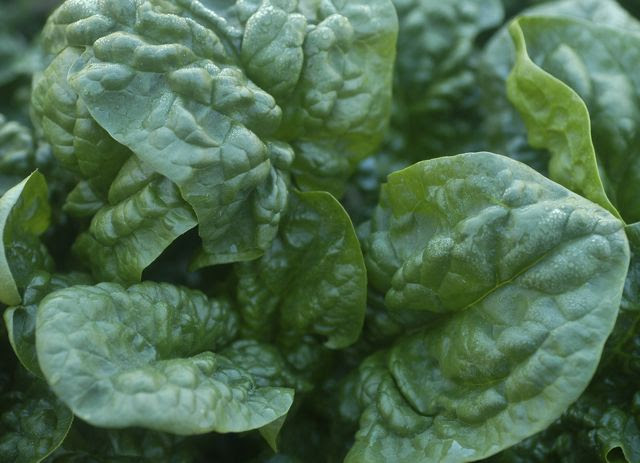Slow Flowers: Delphiniums in Oklahoma? Really?
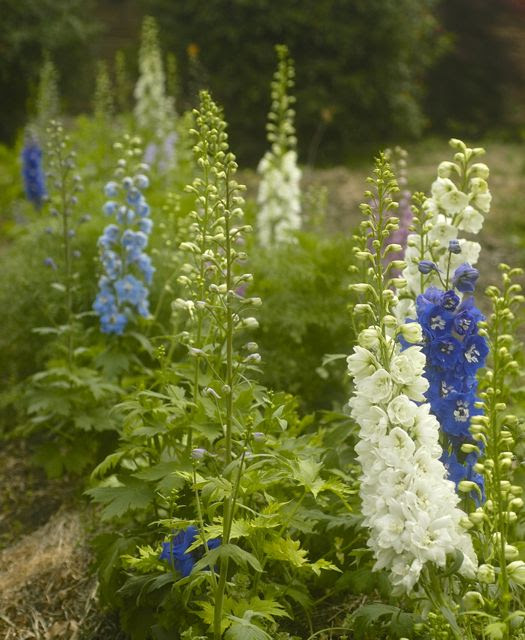 I’ll share my secret. Years ago, I learned that many cold hardy crops, like spinach, kale, carrots and green onions could be planted outside in the fall and would overwinter for an early spring harvest—especially if given some protection. Turns out the same is true of flowers!
I’ll share my secret. Years ago, I learned that many cold hardy crops, like spinach, kale, carrots and green onions could be planted outside in the fall and would overwinter for an early spring harvest—especially if given some protection. Turns out the same is true of flowers!
Thanks to the book Cool Flowers by Lisa Mason Ziegler, I started flower seeds in plug trays last August, then transplanted them outside in October. We covered them with row cover during the winter, particularly for those bone-chilling zero-ish nights in December and January.
And now? The delphiniums started blooming a couple of weeks ago. To a delphinium virgin like myself, these flowers are AMAZING! Golly gee whiz, I didn’t know we could grow flowers like this! And the sweet peas…already sweetly blooming. If I plant sweet pea transplants outside in late February, they don’t hit their peak until May/June and they get hot and unhappy almost as soon as they start flowering. Add to that snapdragons, Canterbury bells, dianthus and ammi…I’m a total convert.
myself, these flowers are AMAZING! Golly gee whiz, I didn’t know we could grow flowers like this! And the sweet peas…already sweetly blooming. If I plant sweet pea transplants outside in late February, they don’t hit their peak until May/June and they get hot and unhappy almost as soon as they start flowering. Add to that snapdragons, Canterbury bells, dianthus and ammi…I’m a total convert.
Part of the trick is that while the actual flowers would get hit in a freeze, the plants themselves are cold hardy, especially at their younger stages of growth. Plant them in the fall, and by the time they flower in the spring, our last hard freeze has come and gone. We’ll plan to have some seedlings available this fall for you to try out in your own flower garden! -Lia
Veggie Spotlight:Green Onions Worth Writing Home About
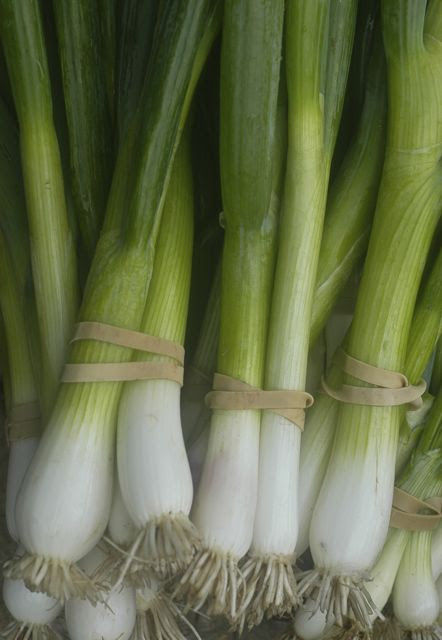 On the theme of fall planting… We started onion seed in August in pots, transplanted them outside in early October, and are now harvesting the most beautiful green onions! They sailed through the cold temps last winter without blinking, and then began to grow with enthusiasm. We’re harvesting the last of them this week, before they get too big.
On the theme of fall planting… We started onion seed in August in pots, transplanted them outside in early October, and are now harvesting the most beautiful green onions! They sailed through the cold temps last winter without blinking, and then began to grow with enthusiasm. We’re harvesting the last of them this week, before they get too big.
Remember all that rain we got in the spring of 2015? Apparently green onions revel with lots of water, because we had THE sweetest green onions I have ever eaten. I’d pull some as I walked through the garden, rub the dirt off with my shirt sleeve, and munch down. Up until then, I didn’t think I liked green onions. Hot, dry weather makes them spicier, so be sure to water yours weekly if you like them mild. -Lia
Garden School
Last Saturday: Planting a Front Yard Garden
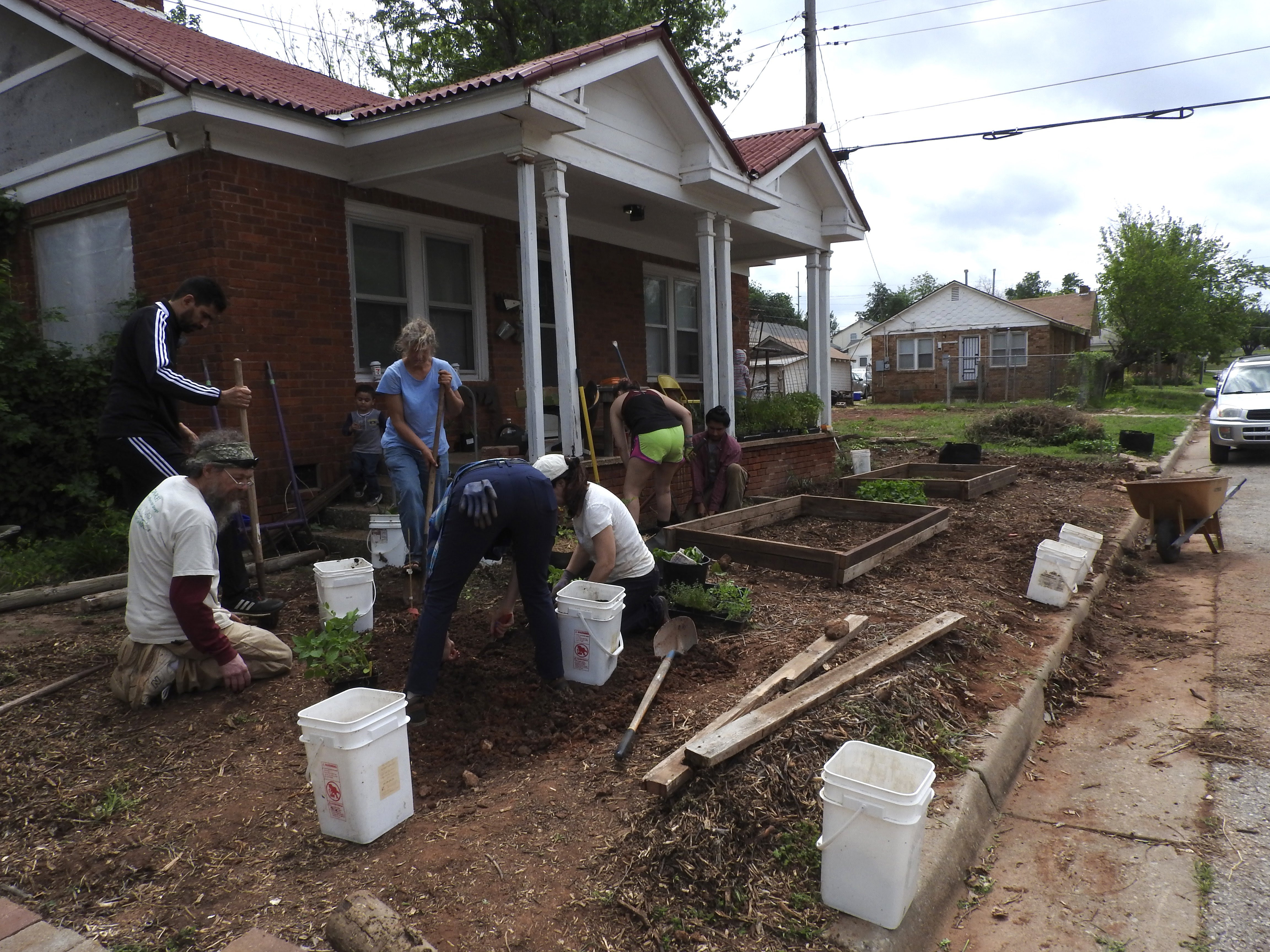 Wow! An entire new front yard garden went in during – and after – Garden School last week. Thanks to all who helped! After weeding and weeding and weeding, we planted a fruit tree and herb circle, built two raised beds, and installed steps covered by an arch for vining flowers. This Saturday at 10 am, we’ll plant the raised beds, make a vining trellis to shade the front porch, and seed a flower border. At 11 am, we’ll walk over to our new Food Forest and plant a couple more circles of fruit trees, herbs, and perennials. Please join us!
Wow! An entire new front yard garden went in during – and after – Garden School last week. Thanks to all who helped! After weeding and weeding and weeding, we planted a fruit tree and herb circle, built two raised beds, and installed steps covered by an arch for vining flowers. This Saturday at 10 am, we’ll plant the raised beds, make a vining trellis to shade the front porch, and seed a flower border. At 11 am, we’ll walk over to our new Food Forest and plant a couple more circles of fruit trees, herbs, and perennials. Please join us!
May 13—Planting for Pollinators
May 20—Soil Testing for Nutrient Dense Food
Check out details on our website.
Meet our Apprentices: Laal Shams

With a degree in social work, native New Yorker Laal Shams worked for a non-profit project in a county jail, then in real estate accounting for ten years. “I gradually realized that I hated working in an office 50 hours a week,” she says. Intrigued by roof top gardens in New York, Laal had no time to find out about them.
Then, last fall, she and her companion, Blaze McKenzie, came to Oklahoma City, Blaze’s hometown, for a three-month visit. They’ve been here six months now, with no current plans to leave. The day before the application deadline for CommonWealth apprenticeships, Laal convinced Blaze that they both apply. “I had never even weeded before,” says Laal (pictured weeding a kale bed at CW.) “I’m learning a lot more than I’d imagined I’d ever know about gardening…how to I.D. vegetable plants, weeds, herbs…”
And now, she’s growing plants at home. “This is the first time in my life I’ve had a little piece of garden.” Laal is tending the flowers; Blaze, the vegetables, in their Oklahoma City space. “After I killed all the succulents, I’m very proud now: I have a wall of house plants that I’ve kept alive for four months. I sent friends photos!”
Getting involved in the CommonWealth community has been a way for her to get to know a new city, on this, her first time away from home. “I love coming to CommonWealth. It’s a cool community of people.”
So glad you found us, Laal!
—Pat
Earth Week Events
SixTwelve’s Seed & Plant Exchange
Saturday, April 22, 1-4 pm, at SixTwelve,
612 NW 29th Street.
The Friendship Seed & Plant Exchange is a chance for local gardeners and farmers to connect with others who enjoy connecting to nature through growing plants and food. Garden leftovers and plants that need new homes are ideal for sharing at this gathering. The event is open to new and experienced growers.
Film Showing: Tomorrow
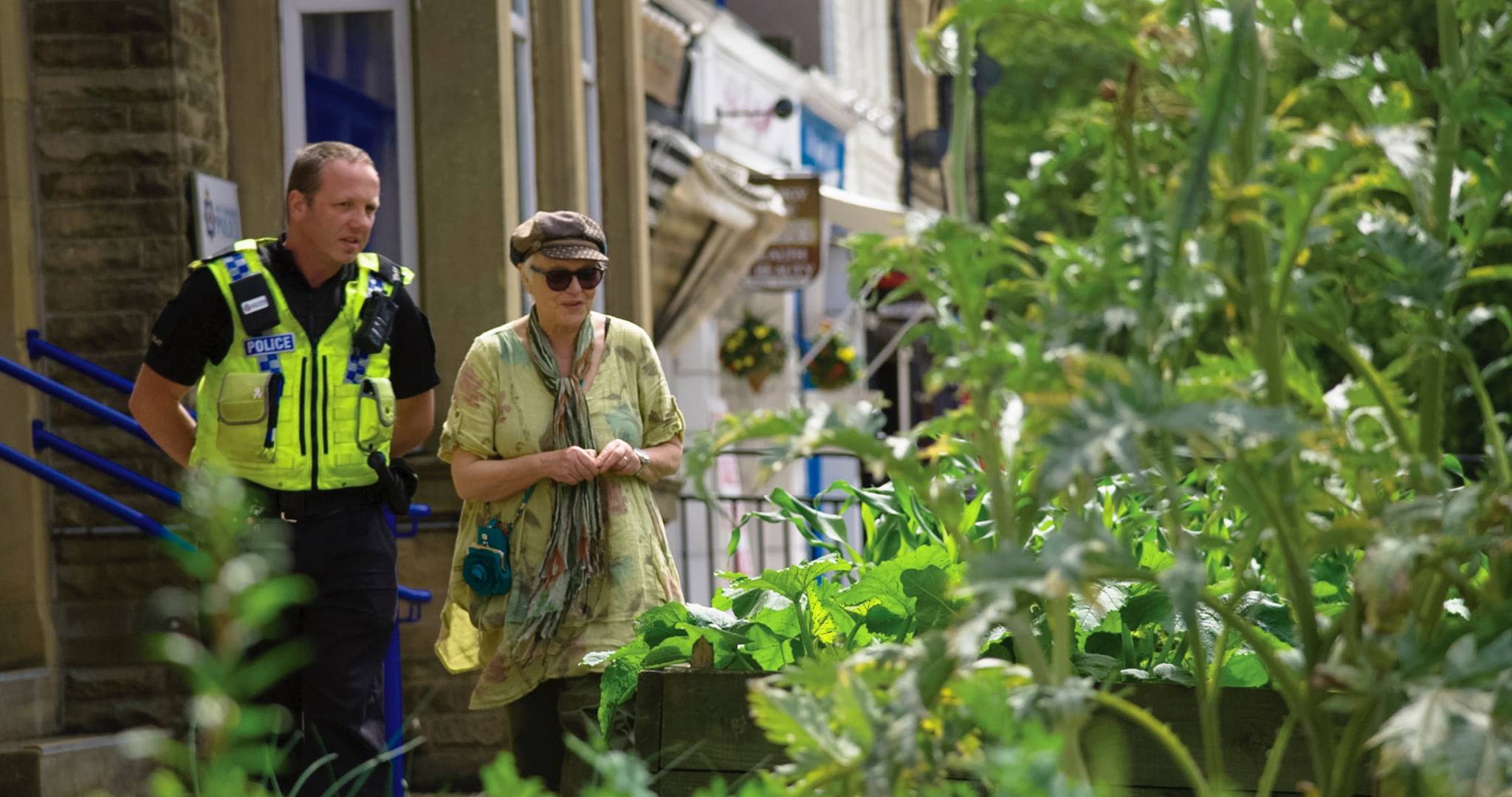 The film Tomorrow is an exciting and hope-filled documentary showing projects that people around the globe are doing to create sustainable, alternative systems in their local communities. Stories include permaculture farms, urban ag projects, community-owned renewable initiatives and other efforts that highlight people making a positive difference.
The film Tomorrow is an exciting and hope-filled documentary showing projects that people around the globe are doing to create sustainable, alternative systems in their local communities. Stories include permaculture farms, urban ag projects, community-owned renewable initiatives and other efforts that highlight people making a positive difference.
A showing of the documentary in Oklahoma City is sponsored by Transition OKC, Turtle Rock Farm Retreat Center and Green Connections. It’s free and open to the public. Tuesday, April 25, 7 p.m. in Room 151 at Oklahoma City University’s Walker Center, 26th and Florida.

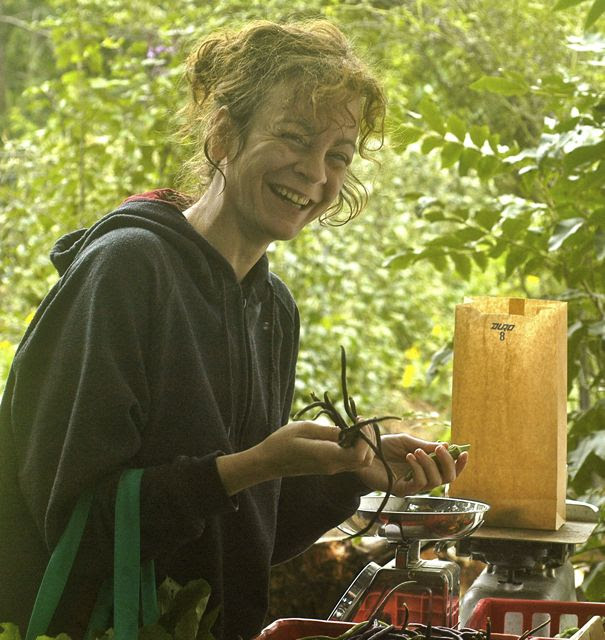
 Our CSA, affectionately called the Veggie Club, is supported by loyal and enthusiastic members, staff and volunteers. Our thanks go out to each of you! Although we’re full for this year, we’ve finally made our way through a long waiting list, and are now taking names for the 2018 season. Click
Our CSA, affectionately called the Veggie Club, is supported by loyal and enthusiastic members, staff and volunteers. Our thanks go out to each of you! Although we’re full for this year, we’ve finally made our way through a long waiting list, and are now taking names for the 2018 season. Click 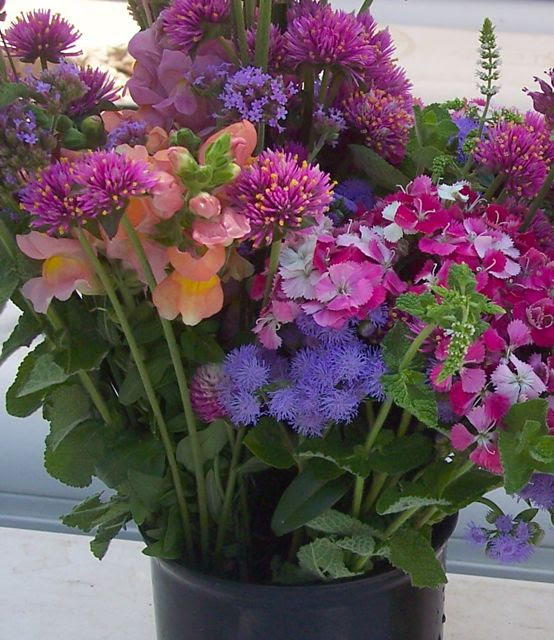 Have you always dreamed of having bouquets from your garden all summer long? We can help you do that! Lia grows thousands of stems of cut flowers every year, and will share her list of favorite, easy-to-grow flowers for our climate. Learn about old friends such as zinnias, sunflowers, marigolds and snapdragons, plus lesser-known beauties like Asiatic lilies, lisianthus and ammi.
Have you always dreamed of having bouquets from your garden all summer long? We can help you do that! Lia grows thousands of stems of cut flowers every year, and will share her list of favorite, easy-to-grow flowers for our climate. Learn about old friends such as zinnias, sunflowers, marigolds and snapdragons, plus lesser-known beauties like Asiatic lilies, lisianthus and ammi. Join us for a hands-on workshop on transforming your front yard into an edible haven of vegetables, fruits and herbs. Front yards are often the sunniest spot for a garden, and they offer common ground for neighbors to meet and for community to blossom. (Photos show the “before and after” of a front yard transformed from grass to edible .)
Join us for a hands-on workshop on transforming your front yard into an edible haven of vegetables, fruits and herbs. Front yards are often the sunniest spot for a garden, and they offer common ground for neighbors to meet and for community to blossom. (Photos show the “before and after” of a front yard transformed from grass to edible .) d garden. Jody will lead kids in gardening activities, including planting seeds to take home and grow.
d garden. Jody will lead kids in gardening activities, including planting seeds to take home and grow.
 Oklahoma City Park Commissioner Christine Patton has published her first novel, Seed. It is set in the “Garden District” in Oklahoma City. Because Christine is a long-time friend and supporter of CommonWealth Urban Farms, we just had to ask if the fictional garden district was in any way related to CommonWealth. Yes, said Christine, on a visit to our community recently.
Oklahoma City Park Commissioner Christine Patton has published her first novel, Seed. It is set in the “Garden District” in Oklahoma City. Because Christine is a long-time friend and supporter of CommonWealth Urban Farms, we just had to ask if the fictional garden district was in any way related to CommonWealth. Yes, said Christine, on a visit to our community recently.



 Real carrots, that is! We are harvesting the sweetest of carrots from the garden right now. We seeded them in early October, when there was still enough day length to give us good growth. Once winter set in, their growth slowed way down, but that cold weather also sweetened them. Like adding antifreeze to your radiator, vegetables convert some of their starches to sugars, which keeps the water in their cells from freezing. Fertile soil, plenty of water, and harvesting them on the young side—all this also contributes to a truly delicious, sweet carrot.
Real carrots, that is! We are harvesting the sweetest of carrots from the garden right now. We seeded them in early October, when there was still enough day length to give us good growth. Once winter set in, their growth slowed way down, but that cold weather also sweetened them. Like adding antifreeze to your radiator, vegetables convert some of their starches to sugars, which keeps the water in their cells from freezing. Fertile soil, plenty of water, and harvesting them on the young side—all this also contributes to a truly delicious, sweet carrot.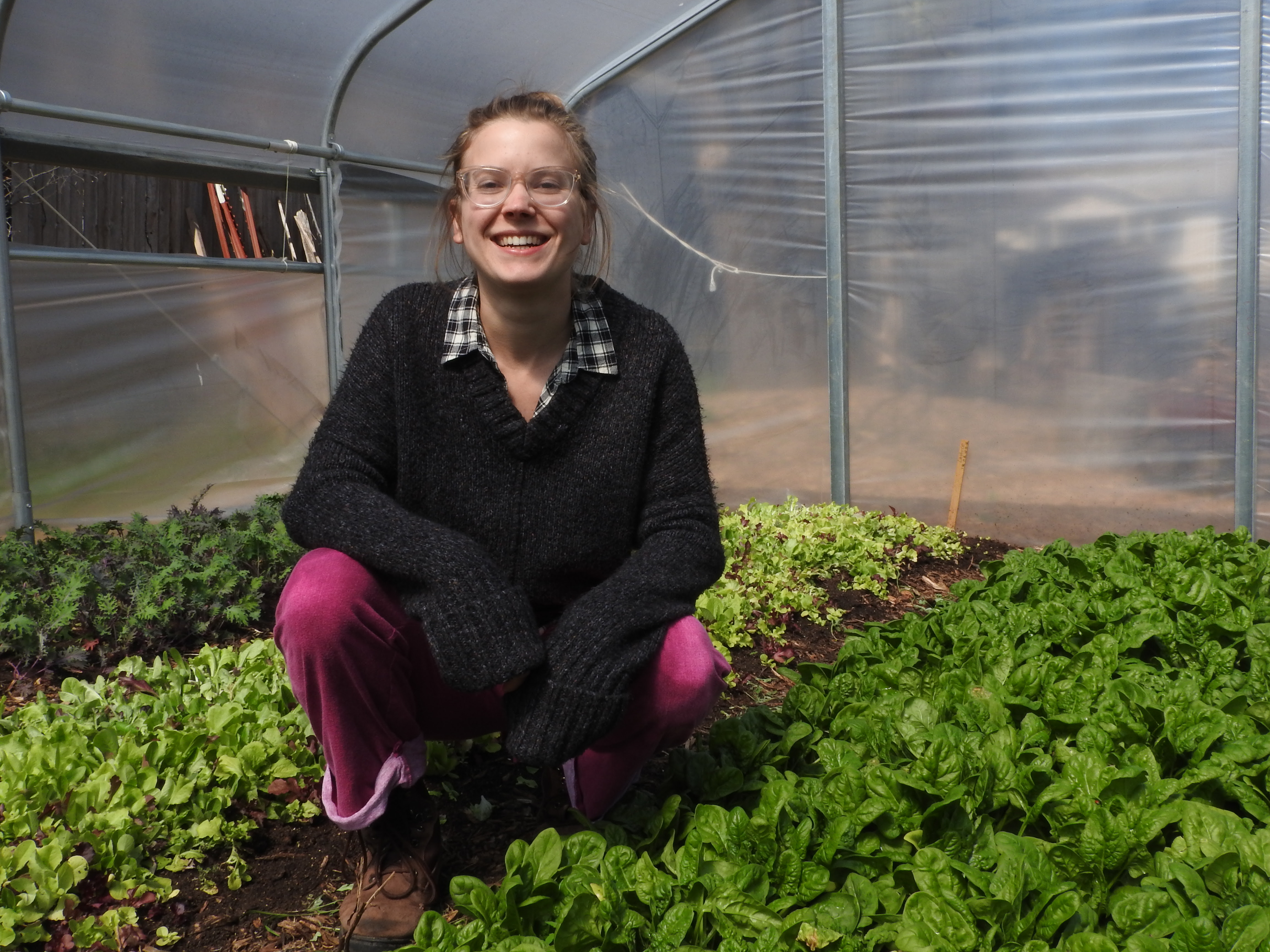
 Have you ever tasted a pawpaw, the native fruit with a flavor of mango-meets-banana custard? How about sweet, tiny kiwi berries? Or melt-in-your-mouth asian persimmons? These unusual fruits — along with figs, gooseberries, mulberries and goumi berries — are part of the design of a new food forest at CommonWealth that we’ll begin planting on Saturday, March 18th. Local permaculturist Paul Mays from SixTwelve will
Have you ever tasted a pawpaw, the native fruit with a flavor of mango-meets-banana custard? How about sweet, tiny kiwi berries? Or melt-in-your-mouth asian persimmons? These unusual fruits — along with figs, gooseberries, mulberries and goumi berries — are part of the design of a new food forest at CommonWealth that we’ll begin planting on Saturday, March 18th. Local permaculturist Paul Mays from SixTwelve will sustainable and productive garden of fruit and nut trees, shrubs, berries, herbs, mushrooms and perennial vegetables, based on the natural systems found in forests. Food forests are probably the world’s oldest form of land use and amongst the most resilient of agroecosystems.
sustainable and productive garden of fruit and nut trees, shrubs, berries, herbs, mushrooms and perennial vegetables, based on the natural systems found in forests. Food forests are probably the world’s oldest form of land use and amongst the most resilient of agroecosystems.
 Our tomato, pepper and eggplant seedlings are now snug as a bug in a rug in their new little greenhouse. Completed this past week by our friend Tom Temple (
Our tomato, pepper and eggplant seedlings are now snug as a bug in a rug in their new little greenhouse. Completed this past week by our friend Tom Temple (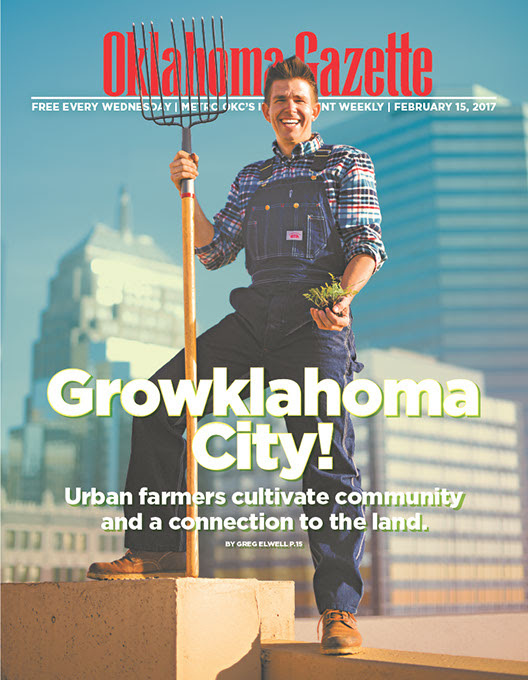
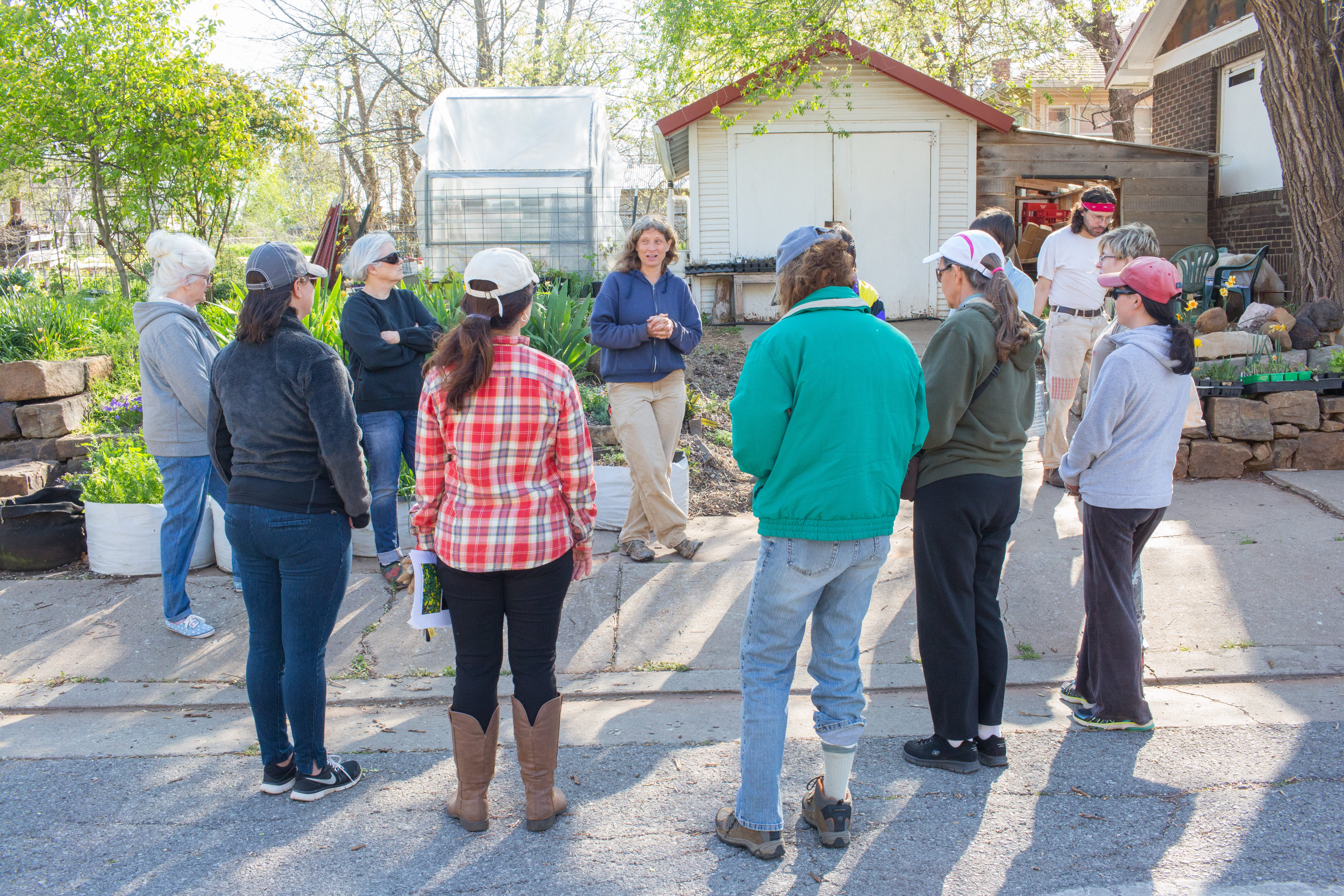
 Pictured here are 3-week-old spinach seedlings in our hoop house.
Pictured here are 3-week-old spinach seedlings in our hoop house.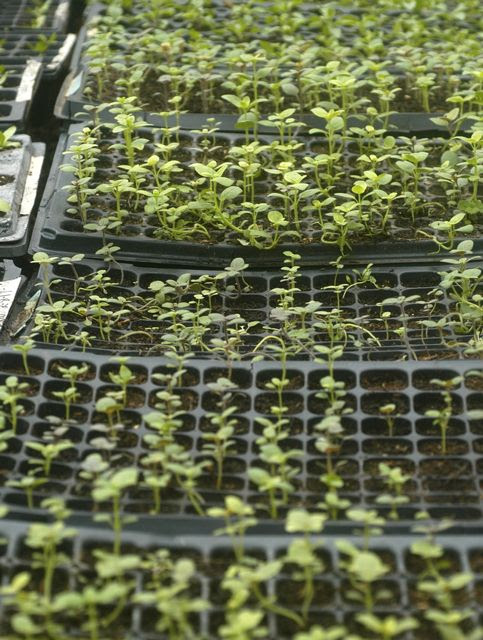 ings in plug trays. The photo shows some of our 40 flats of snapdragon, false queen anne’s lace, lisianthus, and other flower seedlings that are hardening off under a low tunnel; we’ll transplant them outside in March. It’s not too early to seed kale, spinach, lettuce, arugula, carrots & beets outside, as long as you have some row cover to give them protection on freezing nights.—Elia Woods
ings in plug trays. The photo shows some of our 40 flats of snapdragon, false queen anne’s lace, lisianthus, and other flower seedlings that are hardening off under a low tunnel; we’ll transplant them outside in March. It’s not too early to seed kale, spinach, lettuce, arugula, carrots & beets outside, as long as you have some row cover to give them protection on freezing nights.—Elia Woods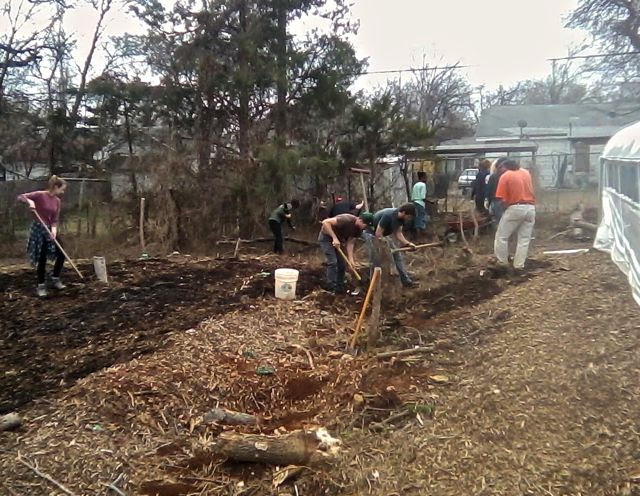
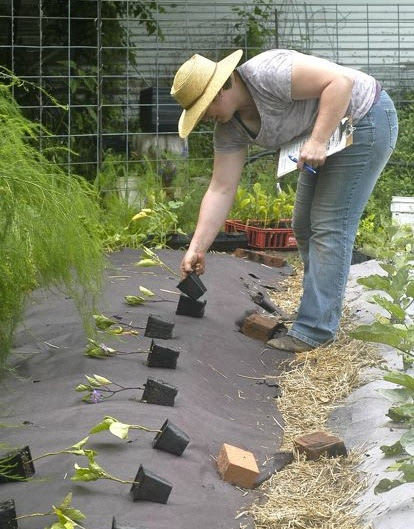
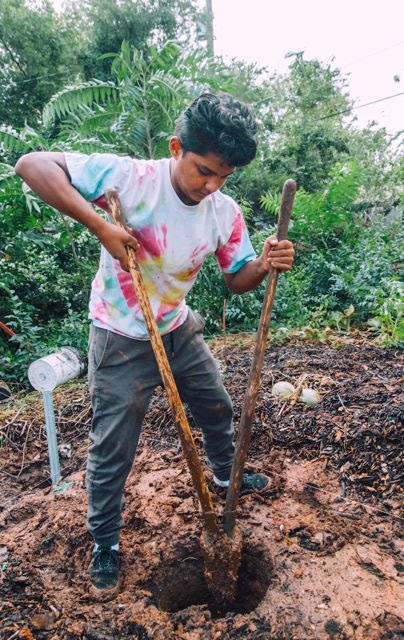 Our teaching method is hands-on. For each new skill and task, we’ll show you how to do it, supervise you while you learn, then give you a chance to demonstrate your skill and eventually teach it others. We want apprentices to learn new skills, and learn them well!
Our teaching method is hands-on. For each new skill and task, we’ll show you how to do it, supervise you while you learn, then give you a chance to demonstrate your skill and eventually teach it others. We want apprentices to learn new skills, and learn them well! appreciation of what is local, seasonal, sustainable and beautiful. To show your appreciation for your sweetheart who loves local, gift them with a season membership or a coupon for bouquets to be redeemed May-October! Memberships are available to pick up every week or every other week; coupons for five bouquets during the season. To make your purchase,
appreciation of what is local, seasonal, sustainable and beautiful. To show your appreciation for your sweetheart who loves local, gift them with a season membership or a coupon for bouquets to be redeemed May-October! Memberships are available to pick up every week or every other week; coupons for five bouquets during the season. To make your purchase,  neighborhood institution focusing on plant-based cuisine. While they don’t have a completely vegan menu, they do restrict the amount of animal products they use and use only local eggs and cheese. Chef Patrick Clark has been with Red Cup for about nine years and emphasizes that they only put items on the menu if it’s something the staff likes, resulting in unique twists on classic dishes like a smothered burrito made with cashew cheese or “The Egghead”—an egg and cheese sandwich with avocado, tomato, and fresh CommonWealth greens!
neighborhood institution focusing on plant-based cuisine. While they don’t have a completely vegan menu, they do restrict the amount of animal products they use and use only local eggs and cheese. Chef Patrick Clark has been with Red Cup for about nine years and emphasizes that they only put items on the menu if it’s something the staff likes, resulting in unique twists on classic dishes like a smothered burrito made with cashew cheese or “The Egghead”—an egg and cheese sandwich with avocado, tomato, and fresh CommonWealth greens!
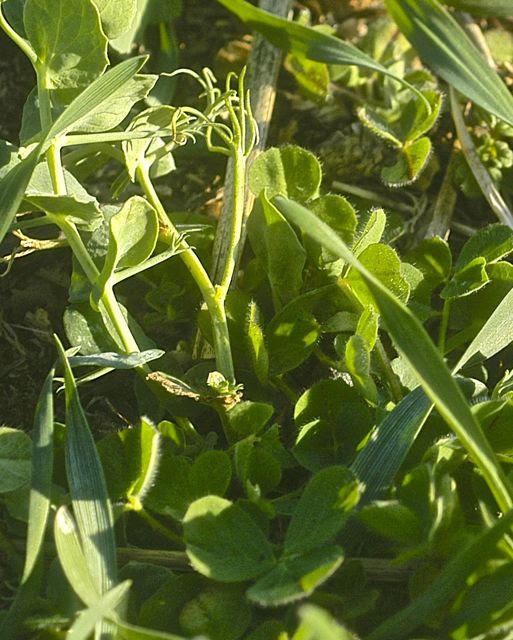
 h so much emphasis on community. Instead of just showing up to receive my weekly share each
h so much emphasis on community. Instead of just showing up to receive my weekly share each 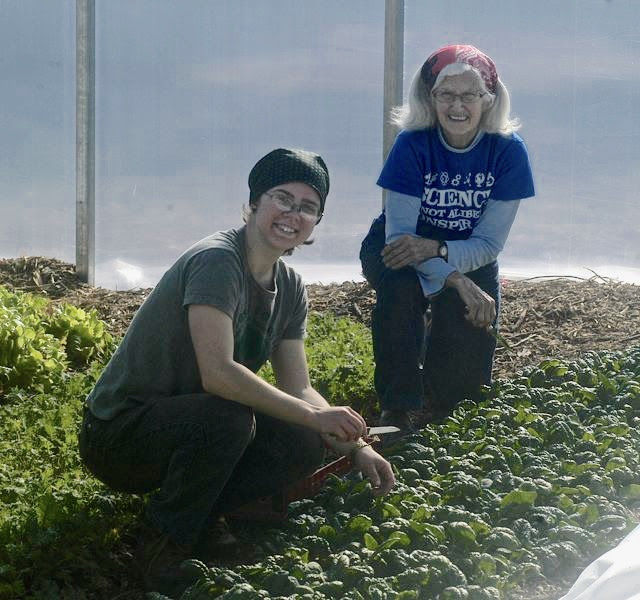
 …
…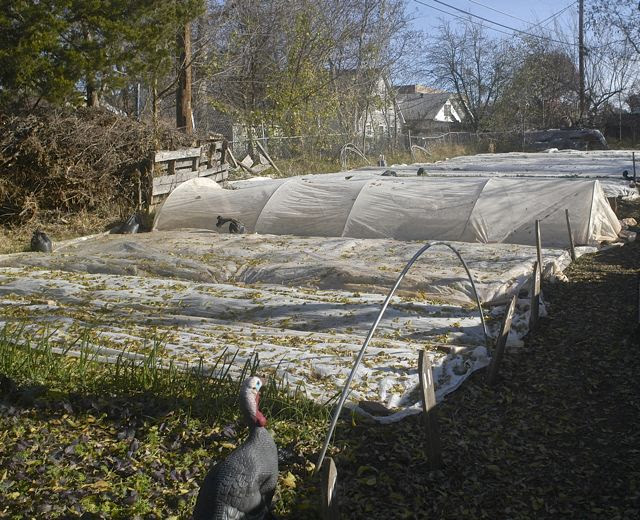 Yep, it finally feels like winter! Contrary to popular assumption, winter is a great time to garden in Oklahoma. Indeed, cold weather prompts many plants to turn their starches to sugars, resulting in the sweetest of carrots, turnips, spinach, kale and other roots and greens. These are all cold-hardy vegetables; freezing weather may set them back or even kill their top growth, but they quickly bounce back. Leafy greens that were frozen solid overnight can be harvested the next day as soon as they thaw out, and are tender and tasty. Amazing!
Yep, it finally feels like winter! Contrary to popular assumption, winter is a great time to garden in Oklahoma. Indeed, cold weather prompts many plants to turn their starches to sugars, resulting in the sweetest of carrots, turnips, spinach, kale and other roots and greens. These are all cold-hardy vegetables; freezing weather may set them back or even kill their top growth, but they quickly bounce back. Leafy greens that were frozen solid overnight can be harvested the next day as soon as they thaw out, and are tender and tasty. Amazing!  Greenhouses are heated, either by fossil fuels, wood or sustainable design. Hoop houses will freeze on a cold night; indeed, the temperature inside will not be much warmer than outside.
Greenhouses are heated, either by fossil fuels, wood or sustainable design. Hoop houses will freeze on a cold night; indeed, the temperature inside will not be much warmer than outside.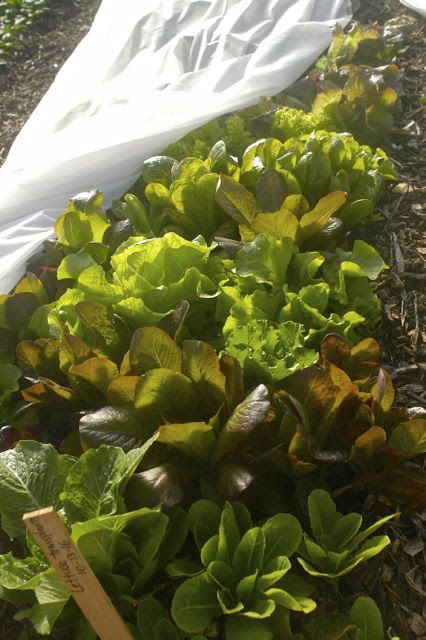 Late last night, we finished weather stripping the hoop house. As the sun began to shine this morning, we were delighted to step out of the frigid air into a balmy green world inside. Our happy thanks go to Thunder player Kyle Singler for funding our hoop house, our talented friends Steve and Andrew Hill of PFHoophouses, and the many hard-working volunteers who made it a reality.—Lia Woods
Late last night, we finished weather stripping the hoop house. As the sun began to shine this morning, we were delighted to step out of the frigid air into a balmy green world inside. Our happy thanks go to Thunder player Kyle Singler for funding our hoop house, our talented friends Steve and Andrew Hill of PFHoophouses, and the many hard-working volunteers who made it a reality.—Lia Woods
 in addition to gorgeous flowers, The Wild Mother highlights beauty in contrasting colors and unexpected visual elements for their customers. In addition to their floral arrangements, they also write regular articles for their online magainze to highlight the ideas and vision behind their beautiful work. Besides weddings and events, they also provide seasonal arrangements, so make sure to keep an eye on them all year. You can check out their website
in addition to gorgeous flowers, The Wild Mother highlights beauty in contrasting colors and unexpected visual elements for their customers. In addition to their floral arrangements, they also write regular articles for their online magainze to highlight the ideas and vision behind their beautiful work. Besides weddings and events, they also provide seasonal arrangements, so make sure to keep an eye on them all year. You can check out their website 
 We are delighted with the garden now flourishing in the hoop house. The first harvest of hoop house spinach is beautiful and delicious. Rows of lettuce planted the same day outside (left) and in the hoop house (right) are easy to compare. In the protected environment of the hoop house – no wind, moderate temperatures, plus a thick layer of compost – we’re getting rapid, lush growth on all our greens. Our exuberant thanks goes to Thunder player Kyle Singler for his generous donation that made our hoop house possible, as well as the countless volunteers who helped with the preparation and construction.
We are delighted with the garden now flourishing in the hoop house. The first harvest of hoop house spinach is beautiful and delicious. Rows of lettuce planted the same day outside (left) and in the hoop house (right) are easy to compare. In the protected environment of the hoop house – no wind, moderate temperatures, plus a thick layer of compost – we’re getting rapid, lush growth on all our greens. Our exuberant thanks goes to Thunder player Kyle Singler for his generous donation that made our hoop house possible, as well as the countless volunteers who helped with the preparation and construction.
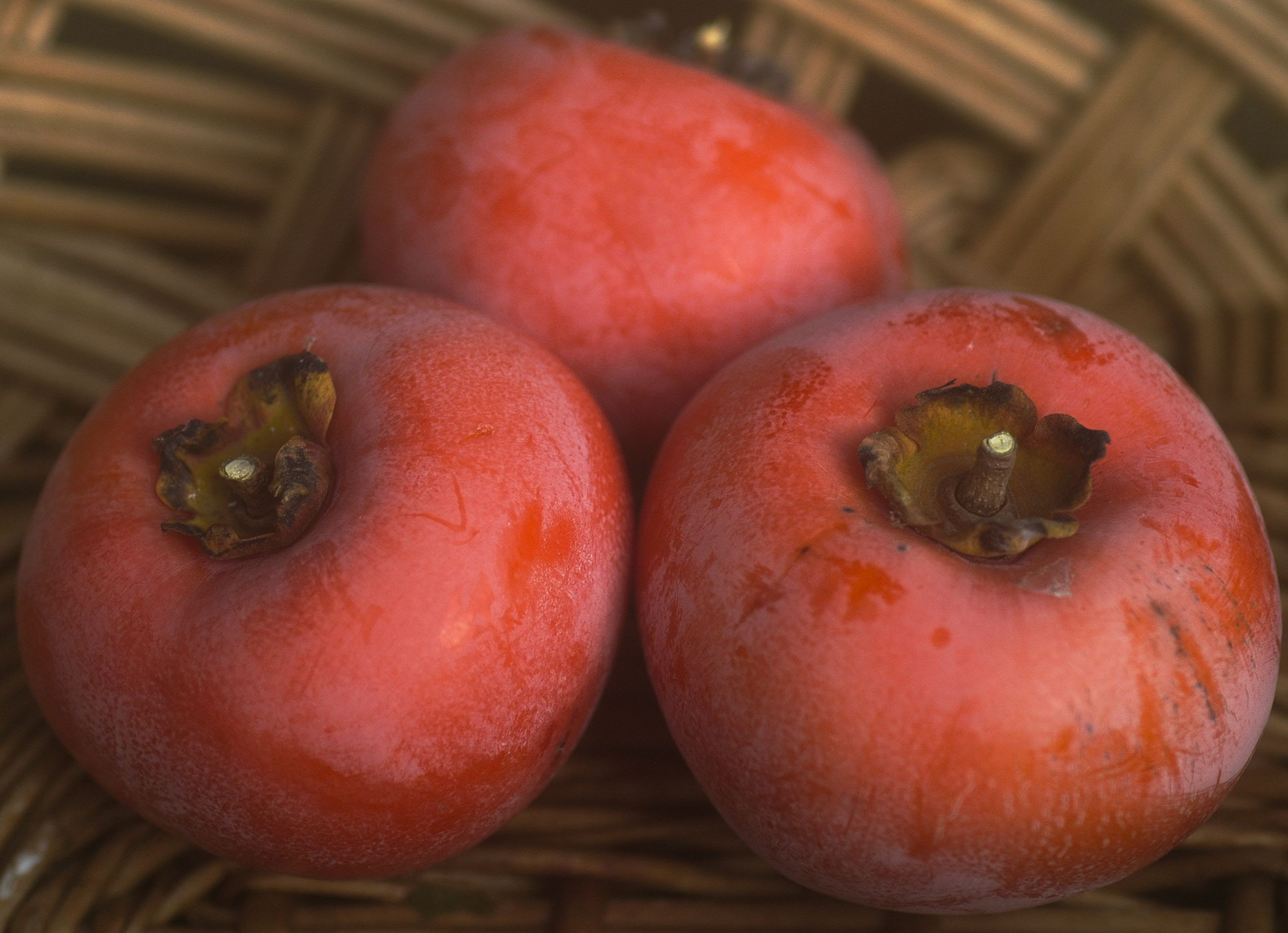
 There are vegetables growing in my front and back yards. I am part of the CommonWealth Urban Farms community. I’ve been grateful for the amazing series of circumstances that brought me here, but never more grateful than I am right now.
There are vegetables growing in my front and back yards. I am part of the CommonWealth Urban Farms community. I’ve been grateful for the amazing series of circumstances that brought me here, but never more grateful than I am right now.
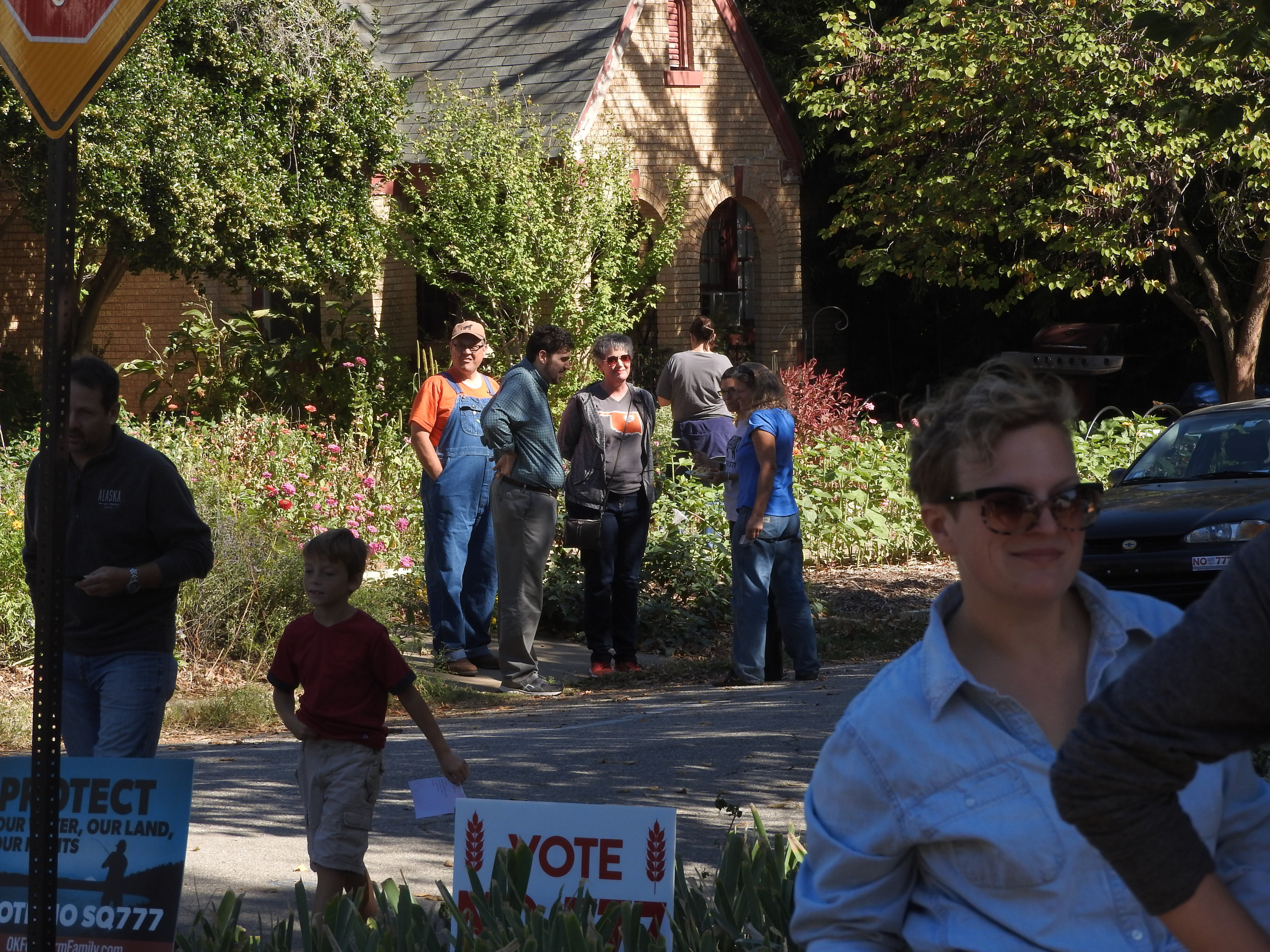
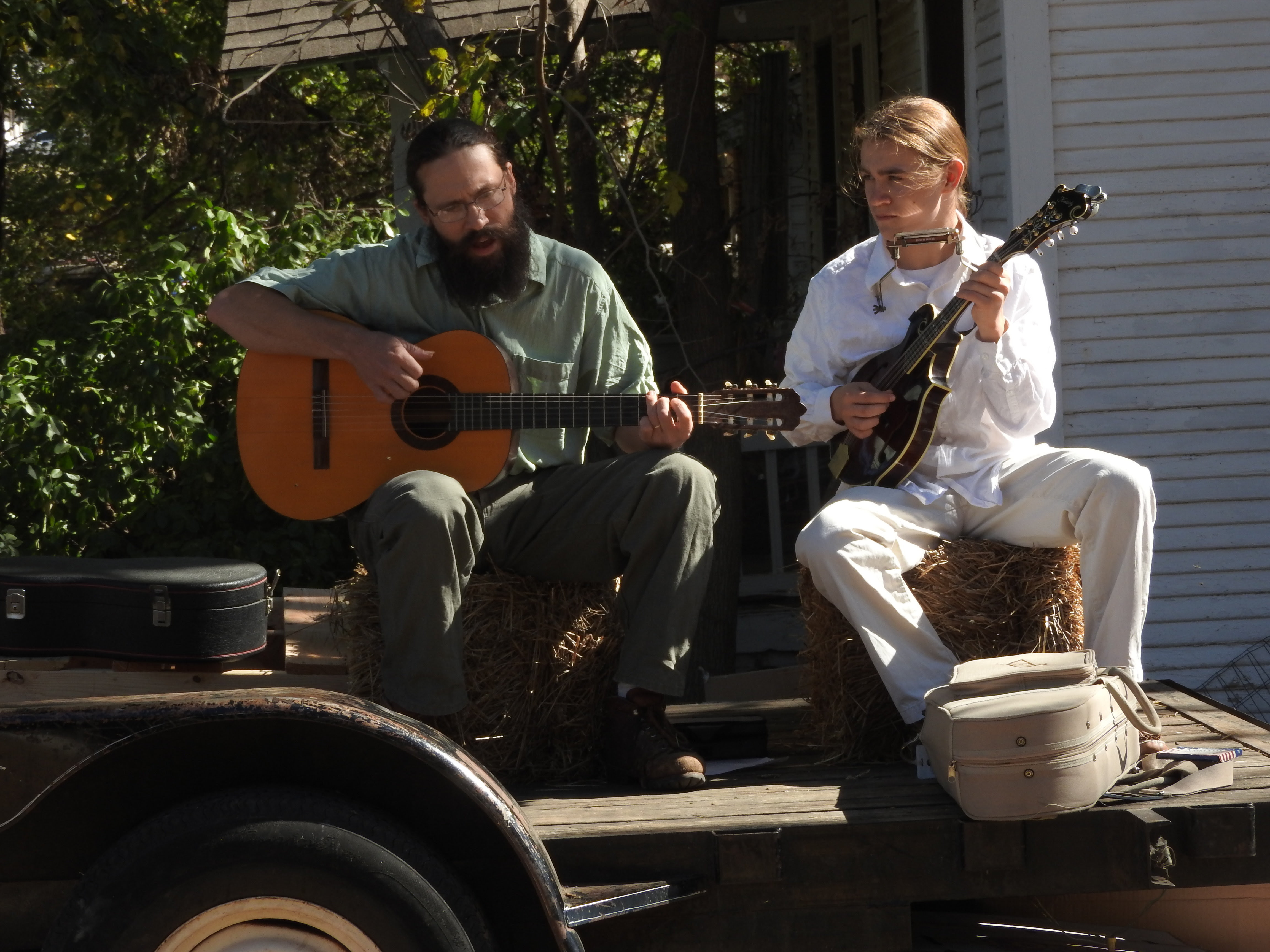 Friends, neighbors, supporters gathered to tour the growing and composting areas of CommonWealth Urban Farms, explore nature on a scavenger hunt, learn about mushroom innoculation, discover what’s growing now in our front, back yards and the urban lots, learn more about gardening and composting, share a scrumptious potluck feast and celebrate urban farming.
Friends, neighbors, supporters gathered to tour the growing and composting areas of CommonWealth Urban Farms, explore nature on a scavenger hunt, learn about mushroom innoculation, discover what’s growing now in our front, back yards and the urban lots, learn more about gardening and composting, share a scrumptious potluck feast and celebrate urban farming. The Starvation Army Band played as well and Paul Mays, from
The Starvation Army Band played as well and Paul Mays, from 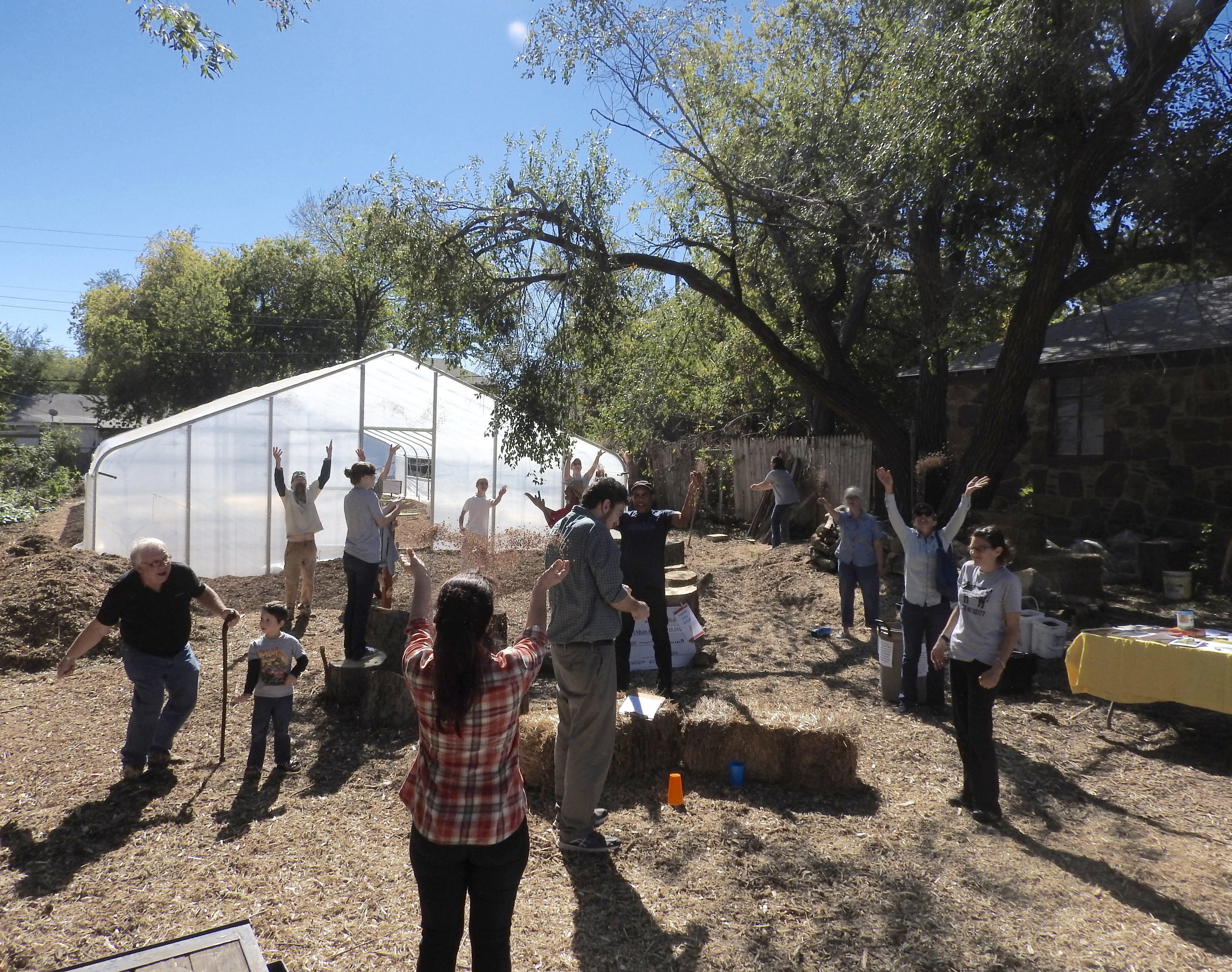 Heartfelt thanks to Kyle, Paul, the musicians, loyal and dedicated volunteers, sponsors who provided items for the raffle and silent auction; to John Leonard who was the emcee for the hoop house dedication, that culminated in a showering of cover crop seed. Much gratitude too for all our guests and supporters!!!
Heartfelt thanks to Kyle, Paul, the musicians, loyal and dedicated volunteers, sponsors who provided items for the raffle and silent auction; to John Leonard who was the emcee for the hoop house dedication, that culminated in a showering of cover crop seed. Much gratitude too for all our guests and supporters!!!